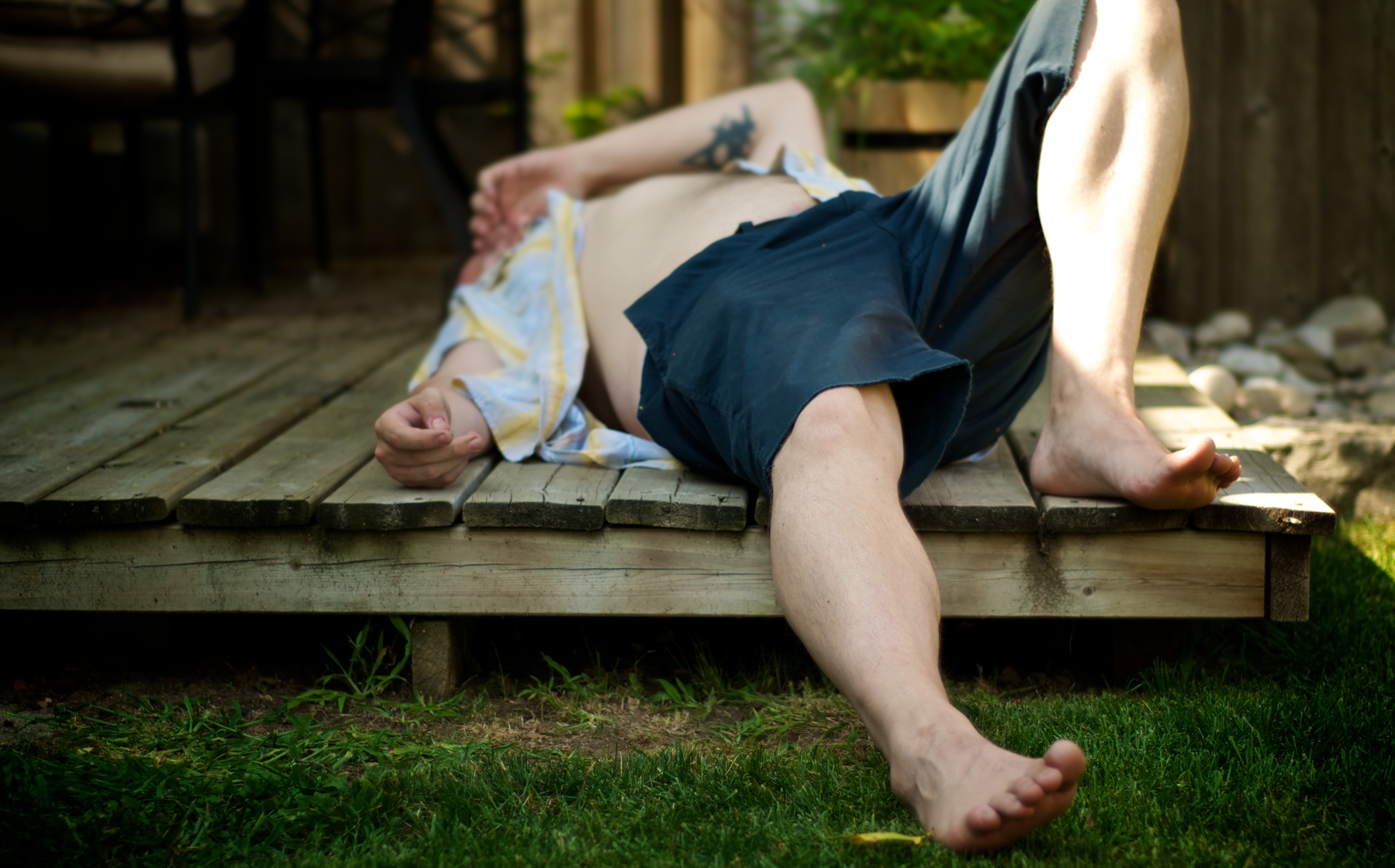Heat exhaustion is more than just fatigue. It’s a serious condition that could very easily lead to heat stroke. Fortunately, if you know what to look for, you can identify heat exhaustion before it becomes a heat stroke. If you know the signs and symptoms of heat exhaustion, you will likely be able to take action before medical attention is needed.
Heat Exhaustion Symptoms
If you’re in a survival situation, there’s a good chance that you may need to be up and moving during the hottest part of a summer day. Watch your family and anyone else who’s traveling or working with you for these symptoms:
- Dizziness
- Confusion
- Fatigue
- Headache
- Fainting
- Nausea or vomiting
- Pale skin
- Cool, clammy skin
- Profuse sweating
- Dark-colored urine
- Diarrhea
- Abdominal or muscle cramps
- Rapid heart rate
As you look out for these signs and symptoms, you should also be aware of how much water everyone is drinking and whether or not they’re getting enough electrolytes. Salt depletion can make it impossible to stay hydrated. So, if you notice someone who isn’t drinking any water, you should check on them and get them to start hydrating. Likewise, if you see someone drinking water a lot of water and sweating profusely, but they can’t seem to slake their thirst, it’s likely that they’re salt depleted and need electrolytes to rehydrate.
Treating Heat Exhaustion
If you catch heat exhaustion early, treatment is fairly simple. Get the patient to drink lots of fluids (no alcohol or caffeine). Get them to a sheltered, shady place and pour cool water over their skin (a cool sponge bath can help, as well). Fan them and apply other cooling methods when possible. Let them rest, and don’t push them until symptoms subside.



Excellent summary of symptoms of heat exhaustion (says this RN). However, while you explicitly state that this condition is due to salt/electrolyte depletion, in your next paragraph on treatment you state, “get the patient to drink lots of fluids (no coffee or tea).”
Having given discharge instructions to hundreds of people over the years, sometimes something that seems obvious to you and me turns out to be not so much so. In what may inherently be a stressful and frightening situation, I would amend your directions to explicitly say “electrolyte replacement fluids” as continued ingestion of plain water will likely make the situation worse.
Megan at the website Growing Up Herbal has an excellent post on homemade electrolyte replacement salt utilizing Redmond Sea Salt and ConcenTrace trace mineral drops. I have made this for my own emergency travel kit and highly recommend it.
Thank you for your blog and your excellent survival tips.
this was an interesting message about heat exhaustion, but you only told half the story. you mentioned heat stroke…..the very serious condition called heat stroke, briefly. this is a true life-threatening emergency. The body has lost the ability to cool itself and can reach abnormally high temperatures, among other things.